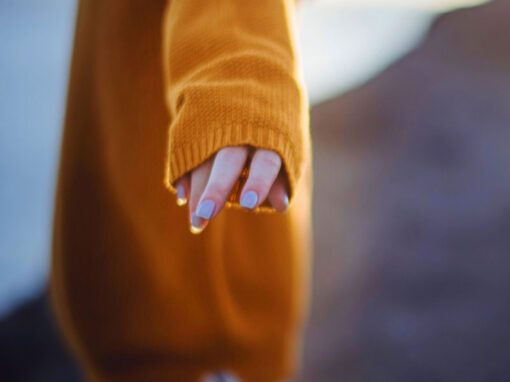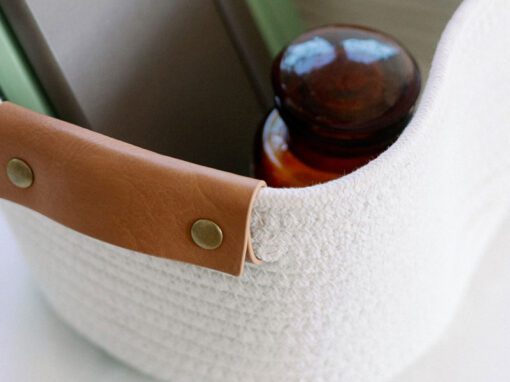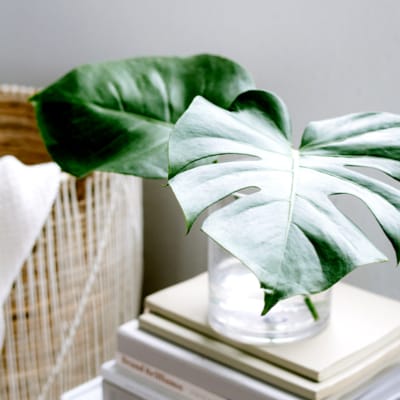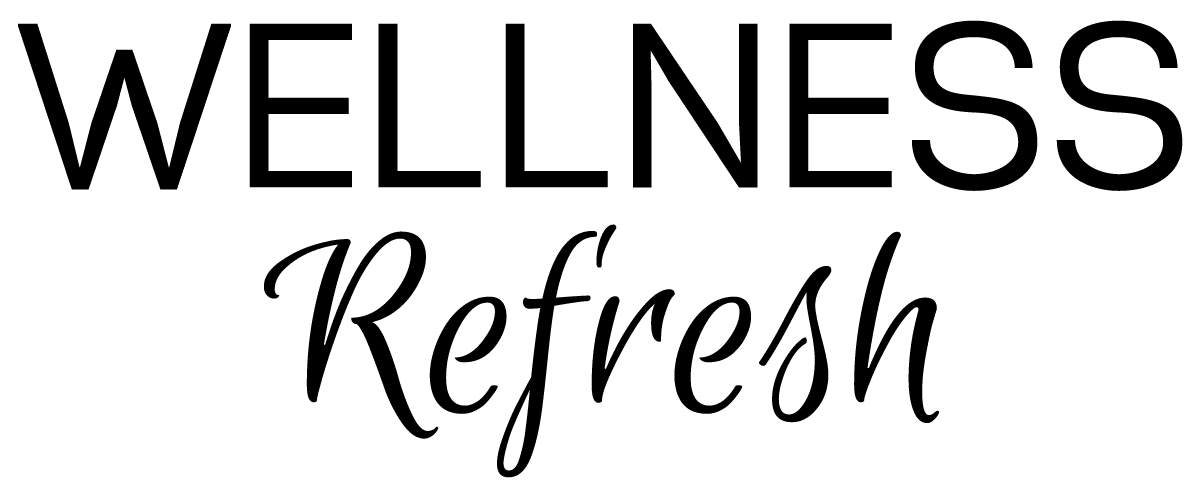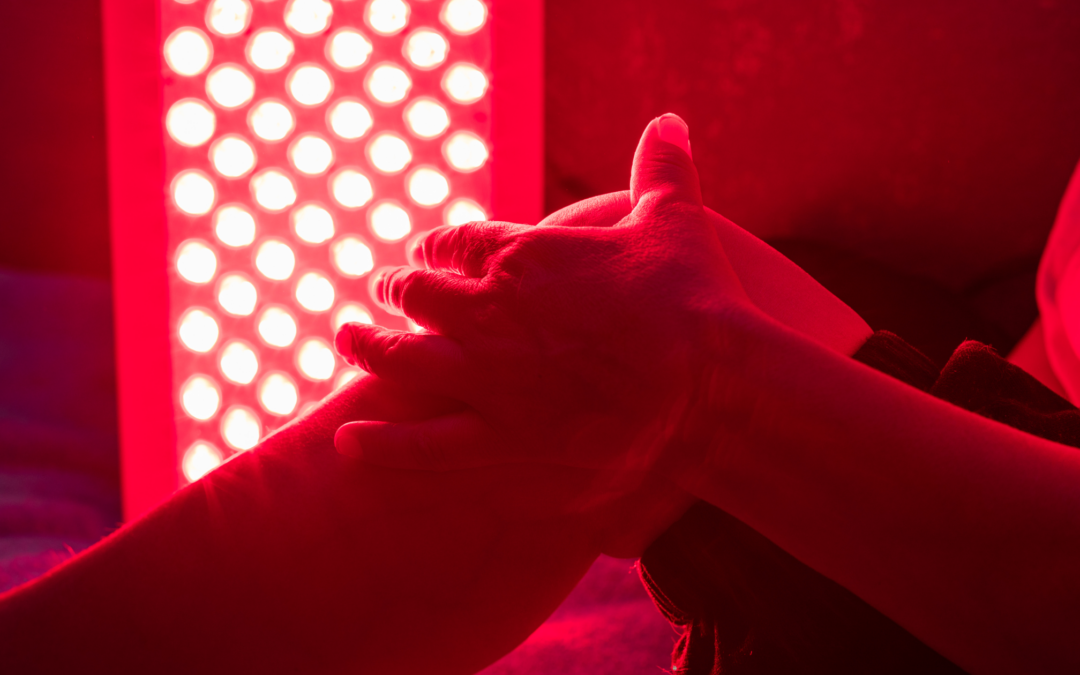Mold exposure and the resulting illness are complex and multifaceted, affecting various systems in the body and causing symptoms such as fatigue, brain fog, respiratory issues, joint pain, and more. These symptoms often stem from mycotoxins, the toxic substances mold produces that can cause damage when inhaled or ingested. Although not all individuals exposed to mold develop Chronic Inflammatory Response Syndrome (CIRS), many experience various symptoms that significantly impact their quality of life.
In recent years, red light therapy (RLT) for mold toxicity, also known as photobiomodulation (PBM), has emerged as a potential complementary treatment for mold-related illness. This non-invasive therapy uses wavelengths of red and near-infrared light to stimulate cellular repair, reduce inflammation, and promote detoxification. Let’s explore how RLT might support individuals battling mold exposure and mycotoxin toxicity.
Affiliate disclosure: Some of the links in this post are affiliate links, meaning that if you click through and make a purchase, I will receive a small commission at no cost to you.
How Red Light Therapy Works
Red light therapy targets the mitochondria, the energy-producing units within our cells. When exposed to specific wavelengths of red and near-infrared light, mitochondria increase their production of adenosine triphosphate (ATP), the energy currency that powers cellular functions (Hamblin, 2017). This boost in cellular energy helps the body repair damaged tissues, regulate inflammation, and improve circulation, all of which are critical for individuals recovering from mold exposure.
But RLT’s benefits extend beyond cellular energy. One of the key areas where RLT shines is in its ability to support the body’s detoxification processes, which are crucial for clearing mycotoxins and other harmful substances from the body.
Red Light Therapy and Detoxification
Detoxification plays a vital role in recovering from mold exposure. Mycotoxins are potent substances that can disrupt cellular functions, leading to a cascade of harmful effects, including immune dysregulation and chronic inflammation. To heal from mold illness, the body must efficiently eliminate these toxins.
Here’s where red light therapy can be particularly beneficial. Research suggests that RLT can enhance blood circulation and improve oxygen delivery to tissues, which helps the body’s natural detoxification systems operate more efficiently (Hamblin, 2017). Better circulation means that toxins, including mycotoxins, can be transported more effectively to the organs responsible for detoxifying the body, such as the liver and kidneys.
Additionally, RLT can promote lymphatic drainage, essential for eliminating waste products and toxins from the body. The lymphatic system acts as the body’s natural waste removal system, but requires proper circulation to function optimally. By improving circulation, RLT helps support the lymphatic system’s detoxification efforts, allowing the body to clear out harmful substances more efficiently.
Red Light Therapy and Inflammation Reduction
Inflammation is one of the most common responses to mold exposure. Mold-induced inflammation can contribute to various symptoms, including joint pain, headaches, and respiratory irritation. Chronic inflammation also impairs the body’s ability to detoxify effectively, creating a vicious cycle of toxicity and pain.
Fortunately, red light therapy has been shown to help regulate the inflammatory response in the body. RLT reduces the production of pro-inflammatory molecules and promotes tissue repair (Avci et al., 2013). This anti-inflammatory effect can help relieve symptoms like joint pain, headaches, and fatigue, making it easier for the body to focus on detoxifying and healing from mold exposure.
Supporting Energy Levels and Brain Function
Individuals suffering from mold exposure often report significant fatigue and difficulty concentrating, a condition commonly known as “brain fog.” This may be linked to mitochondrial dysfunction, which can occur when mycotoxins interfere with the body’s energy production. Research has shown that RLT improves mitochondrial function by increasing ATP production, enhancing energy levels, and potentially alleviating brain fog (Ferraresi et al., 2015). Restoring energy at the cellular level, RLT can help individuals regain clarity and vitality, allowing them to better cope with the demands of detoxification and recovery.
The Role of Red Light Therapy in Antifungal Defense
Emerging research suggests that red light therapy may also have antifungal properties, which could help support the body’s defenses against mold and mycotoxins. Specific wavelengths of light have been shown to disrupt the growth and replication of fungal cells (Ramakrishnan et al., 2016). Additionally, photodynamic therapy (PDT), a form of light therapy similar to RLT, has demonstrated the ability to inactivate a broad spectrum of fungi, including those responsible for mold-related illnesses (Dai et al., 2012).
While more research is needed to confirm the antifungal benefits of RLT, these early findings suggest that red light therapy for mold toxicity may play a supportive role in defending the body against mold and other microbial threats.
Investigating Transcranial Photobiomodulation (tPBM) for Mold Exposure
Recent studies have explored the potential of transcranial photobiomodulation (tPBM), a specialized form of RLT applied to the scalp, for treating neurological symptoms linked to mold exposure. tPBM has shown promise in improving brain function, reducing neuroinflammation, and potentially alleviating symptoms like brain fog, headaches, and cognitive decline. While more research is required, tPBM could be a valuable addition to the therapeutic toolkit for mold-related illness (Neuronic, 2024).
Recommended Red Light Therapy Devices for Mold Recovery
When considering red light therapy for mold toxicity and mold-related illness, it’s important to choose a device that uses the right wavelengths, typically in the range of 600–900 nanometers. Below are some devices that fit the criteria discussed in the research:
- Mito Red Light MitoPRO Series – Full-body panels emitting red and near-infrared wavelengths (660nm and 850nm) designed to support cellular energy production, reduce inflammation, and enhance detoxification. (Mito Red Light)
- Joovv Solo 3.0 – A versatile device offering customized settings for targeted treatment and full-body therapy. Ideal for supporting detoxification and inflammation reduction. (Joovv)
- PlatinumLED BioMax 900 – High-power output with multiple therapeutic wavelengths (630nm, 660nm, 810nm, 830nm, and 850nm) to improve circulation, support detoxification, and reduce inflammation. (PlatinumLED Therapy Lights)
- SaunaSpace Photon – A compact, single-bulb near-infrared light therapy device that’s portable and ideal for targeted treatment to enhance detoxification. (SaunaSpace)
Practical Considerations for Using Red Light Therapy
Select a device that emits the correct wavelengths (600–900 nanometers) for your treatment goals to use red light therapy effectively. Therapy sessions typically last between 5 and 20 minutes, depending on the device and the treatment area. While RLT is generally safe, consulting a healthcare professional to ensure it fits well with your overall recovery plan is always a good idea.
Conclusion
Red light therapy for mold toxicity offers a promising, science-backed approach to alleviating the symptoms of mold exposure and supporting detoxification. By enhancing cellular energy production, reducing inflammation, improving circulation, and promoting detoxification, RLT can provide valuable support to individuals recovering from mold illness. While more research is needed, the existing evidence suggests that RLT may be a practical, non-invasive addition to a comprehensive mold recovery protocol.
References
Avci P, Gupta A, Sadasivam M, Vecchio D, Pam Z, Pam N, Hamblin MR. Low-level laser (light) therapy (LLLT) in skin: stimulating, healing, restoring. Semin Cutan Med Surg. 2013 Mar;32(1):41-52. PMID: 24049929; PMCID: PMC4126803.
Vecchio D, Dai T, Huang L, Fantetti L, Roncucci G, Hamblin MR. Antimicrobial photodynamic therapy with RLP068 kills methicillin-resistant Staphylococcus aureus and improves wound healing in a mouse model of infected skin abrasion PDT with RLP068/Cl in infected mouse skin abrasion. J Biophotonics. 2013 Sep;6(9):733-42. doi: 10.1002/jbio.201200121. Epub 2012 Sep 14. PMID: 22987338; PMCID: PMC3594622.
Ferraresi C, Kaippert B, Avci P, Huang YY, de Sousa MV, Bagnato VS, Parizotto NA, Hamblin MR. Low-level laser (light) therapy increases mitochondrial membrane potential and ATP synthesis in C2C12 myotubes with a peak response at 3-6 h. Photochem Photobiol. 2015 Mar-Apr;91(2):411-6. doi: 10.1111/php.12397. Epub 2014 Dec 30. PMID: 25443662; PMCID: PMC4355185.
Hamblin MR. Mechanisms and applications of the anti-inflammatory effects of photobiomodulation. AIMS Biophys. 2017;4(3):337-361. doi: 10.3934/biophy.2017.3.337. Epub 2017 May 19. PMID: 28748217; PMCID: PMC5523874.
Investigating transcranial photobiomodulation (TPBM) for mold exposure | Neuronic | Light therapy for brain health. (n.d.). https://www.neuronic.online/blog/investigating-transcranial-photobiomodulation-tpbm-for-mold-exposure
Ramakrishnan P, Maclean M, MacGregor SJ, Anderson JG, Grant MH. Cytotoxic responses to 405nm light exposure in mammalian and bacterial cells: Involvement of reactive oxygen species. Toxicol In Vitro. 2016 Jun;33:54-62. doi: 10.1016/j.tiv.2016.02.011. Epub 2016 Feb 23. PMID: 26916085.
Sharma, S. K., Kharkwal, G. B., Sajo, M., Huang, Y., De Taboada, L., McCarthy, T., & Hamblin, M. R. (2011). Dose response effects of 810 nm laser light on mouse primary cortical neurons. Lasers in Surgery and Medicine, 43(8), 851–859. https://doi.org/10.1002/lsm.21100
YOUR RESOURCE FOR INTEGRATIVE HEALTH & WELLNESS. WE TRANSFORM LIVES THROUGH EMPOWERED HEALTH CHOICES
© Wellness Refresh, 2024 | All Rights Reserved | Sitemap
